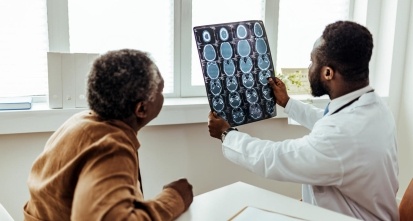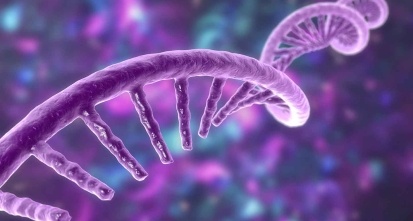Gain new perspectives for faster progress directly to your inbox.

Bioorthogonal chemistry is a set of methods that use the chemistry of non-native functional groups to analyze biology in living organisms. It allows organic synthesis that is traditionally performed in a laboratory to be performed in live cells. Instead of being used to prepare large amounts of materials like in a lab setting, this method is meant to covalently codify biomolecules.
This peer-reviewed article published in Bioconjugate Chemistry examines the most common reactions used in biorthogonal methods, their pros and cons, and how frequently they appear in other published literature. The study also analyzes other biorthogonal studies in the CAS Content Collection to determine how certain materials have been studied via bioorthogonal chemistry. Read the full publication here.



